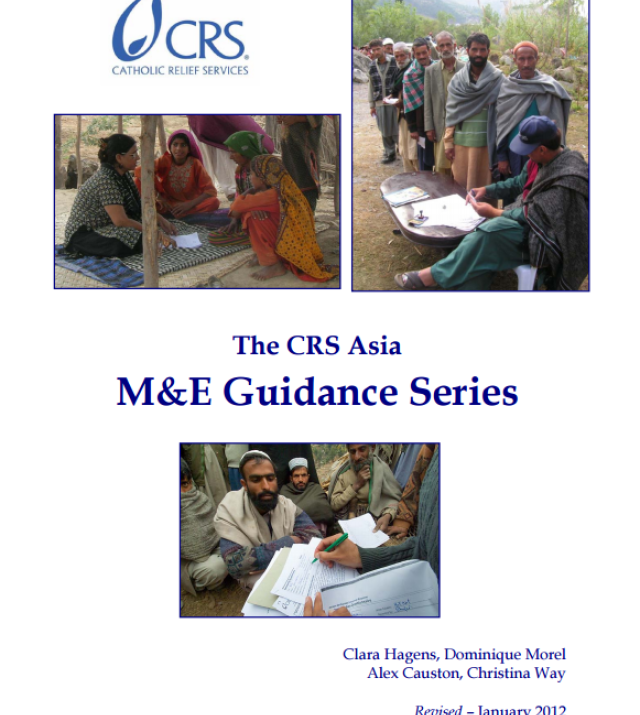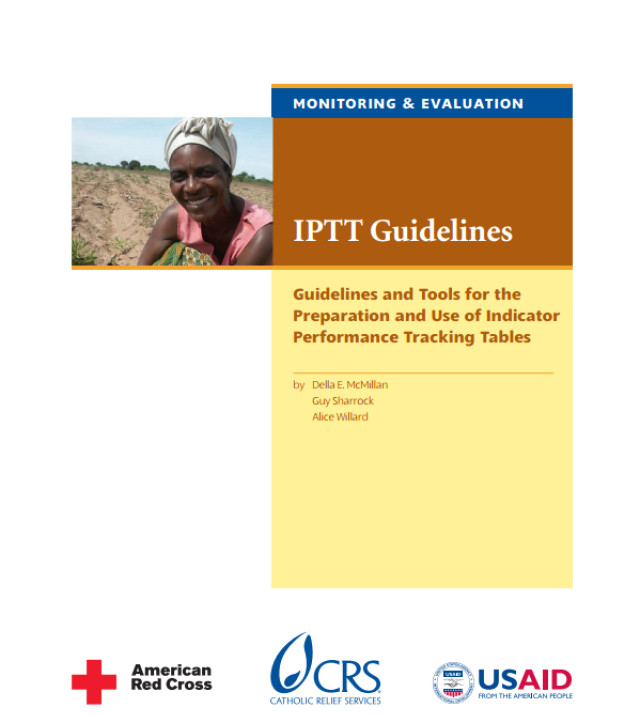
Alternative Sampling Designs for Emergency Settings: A Guide for Survey Planning, Data Collection and Analysis

The purpose of this Guide is to provide government agencies and humanitarian organizations with instructions to carry out rapid yet statistically reliable population-based surveys in difficult settings where information on the prevalence of acute malnutrition is needed. It is intended for use by program managers, monitoring and evaluation (M&E) specialists, and survey leaders. The materials included in this Guide should not be used for training purposes without further adaptation.
Three different sampling designs are of focus in the Guide, all of which are appropriate for emergency settings, where the time spent collecting data should be limited but must be sufficient to obtain the necessary information about the population:
- 33x6 (33 clusters, 6 observations in each: n=198);
- 67x3 (67 clusters, 3 observations in each: n=201);
- a sequential design (up to 67 clusters, 3 observations in each: n ≤ 201)
All three designs are hybrid designs, combining aspects of cluster sampling and analysis, with lot quality assurance sampling (LQAS) analysis.
The three designs were developed to provide reliable methods for rapid assessment of the prevalence of acute malnutrition and useful measures of secondary indicators relevant to needs assessment and response planning, including child- and household-level indicators such as morbidity prevalence, vaccination coverage, household food security, and access to water and sanitation.

